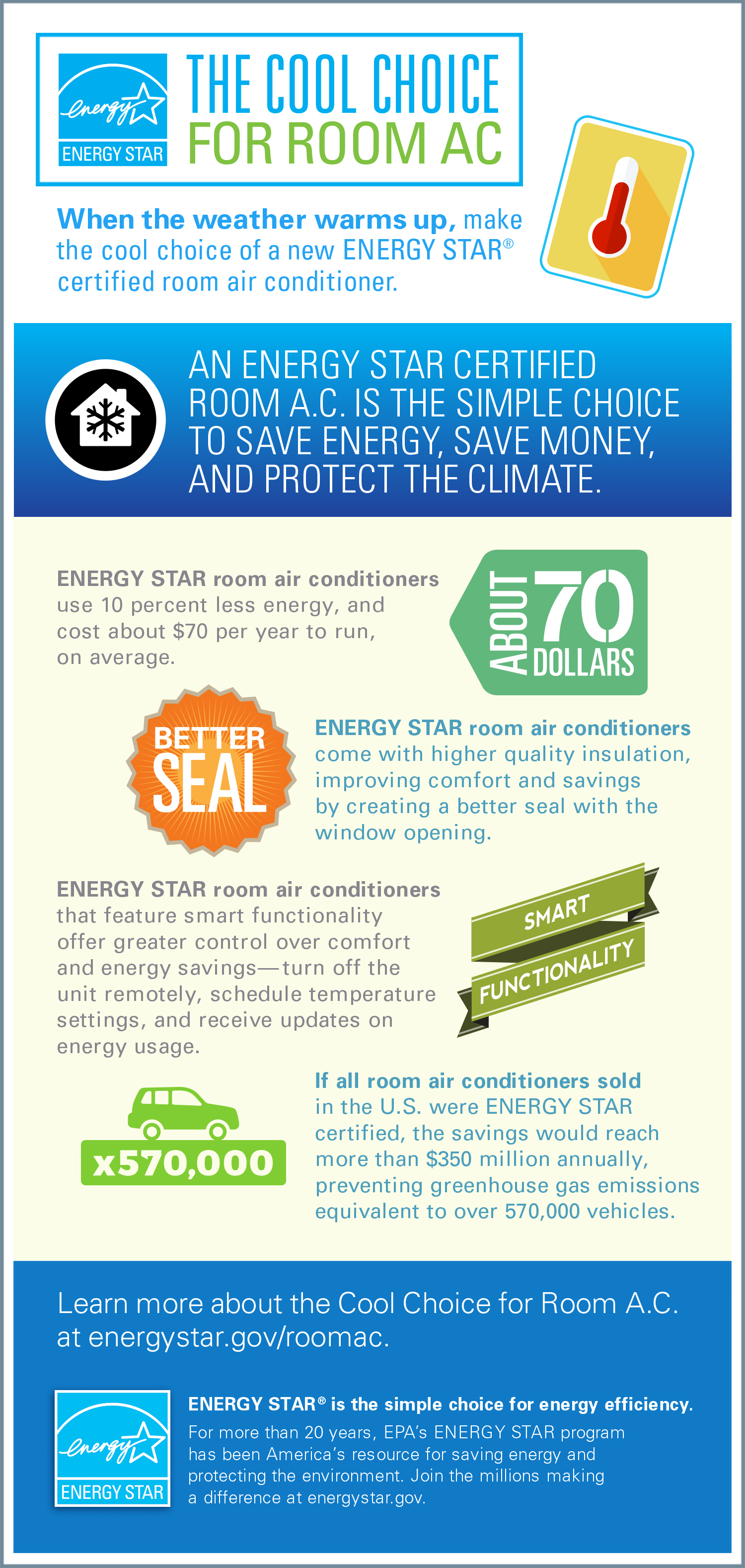The Ultimate Overview To Comprehending Heat Pumps - How Do They Function?
The Ultimate Overview To Comprehending Heat Pumps - How Do They Function?
Blog Article
Write-Up Created By-Whitfield Cates
The best heat pumps can conserve you substantial amounts of cash on power costs. They can additionally help reduce greenhouse gas emissions, specifically if you make use of electrical energy instead of fossil fuels like lp and home heating oil or electric-resistance heaters.
Heatpump work quite the same as air conditioners do. This makes them a sensible choice to standard electric home heating unit.
Exactly how They Work
Heat pumps cool homes in the summer and, with a little assistance from electrical power or gas, they offer some of your home's home heating in the wintertime. They're a good option for individuals that want to minimize their use fossil fuels but aren't all set to change their existing heating system and air conditioning system.
They depend on the physical fact that even in air that appears also cold, there's still energy existing: warm air is constantly relocating, and it wishes to relocate into cooler, lower-pressure settings like your home.
The majority of ENERGY celebrity certified heat pumps operate at near their heating or cooling capability throughout most of the year, minimizing on/off cycling and saving energy. For the best performance, focus on systems with a high SEER and HSPF rating.
The Compressor
The heart of the heat pump is the compressor, which is likewise called an air compressor. This mechanical streaming gadget uses possible energy from power creation to boost the pressure of a gas by reducing its quantity. floor heat pump is different from a pump in that it just deals with gases and can not deal with fluids, as pumps do.
Atmospheric air enters the compressor via an inlet shutoff. It travels around vane-mounted arms with self-adjusting length that split the interior of the compressor, developing several tooth cavities of varying size. The rotor's spin pressures these dental caries to move in and out of stage with each other, pressing the air.
The compressor attracts the low-temperature, high-pressure refrigerant vapor from the evaporator and compresses it into the warm, pressurized state of a gas. This process is duplicated as needed to provide heating or cooling as needed. ventilation system has a desuperheater coil that recycles the waste warm and adds superheat to the cooling agent, changing it from its liquid to vapor state.
The Evaporator
The evaporator in heatpump does the same thing as it does in fridges and air conditioners, changing liquid refrigerant into a gaseous vapor that removes heat from the space. Heatpump systems would not function without this important tool.
This part of the system lies inside your home or structure in an indoor air trainer, which can be either a ducted or ductless unit. It includes an evaporator coil and the compressor that compresses the low-pressure vapor from the evaporator to high pressure gas.
Heatpump soak up ambient heat from the air, and afterwards make use of power to move that heat to a home or organization in home heating mode. That makes them a great deal a lot more power reliable than electric heating systems or heating systems, and because they're utilizing clean power from the grid (and not melting gas), they additionally create far fewer exhausts. That's why heatpump are such excellent ecological options. (And also a substantial reason that they're becoming so prominent.).
Learn Additional Here .
Heatpump are excellent options for homes in chilly environments, and you can utilize them in mix with standard duct-based systems or even go ductless. They're an excellent alternative to fossil fuel heating systems or conventional electrical furnaces, and they're much more lasting than oil, gas or nuclear cooling and heating tools.
Your thermostat is one of the most crucial part of your heat pump system, and it functions extremely differently than a traditional thermostat. All mechanical thermostats (all non-electronic ones) work by using compounds that transform dimension with increasing temperature level, like coiled bimetallic strips or the expanding wax in a cars and truck radiator valve.
These strips consist of two different kinds of steel, and they're bolted with each other to develop a bridge that completes an electrical circuit linked to your cooling and heating system. As the strip obtains warmer, one side of the bridge broadens faster than the various other, which creates it to bend and indicate that the heater is required. When the heat pump is in home heating mode, the turning around valve turns around the circulation of cooling agent, so that the outdoors coil currently works as an evaporator and the indoor cyndrical tube becomes a condenser.